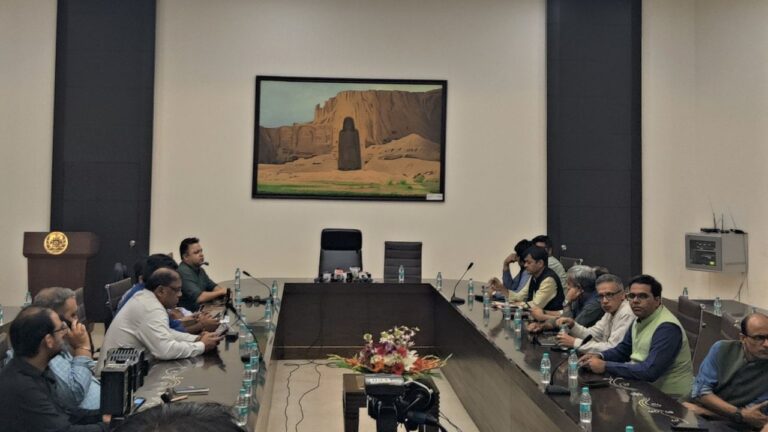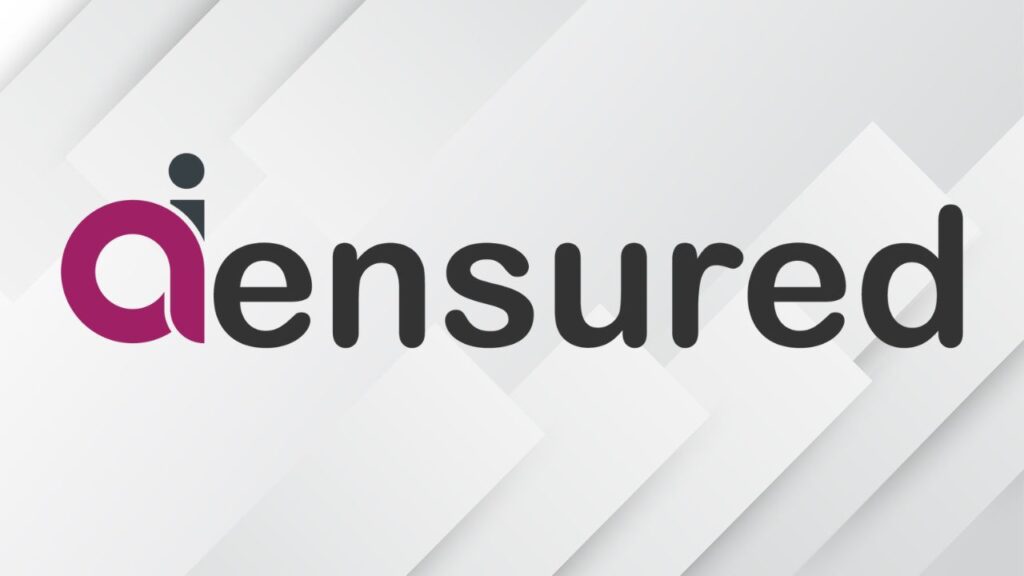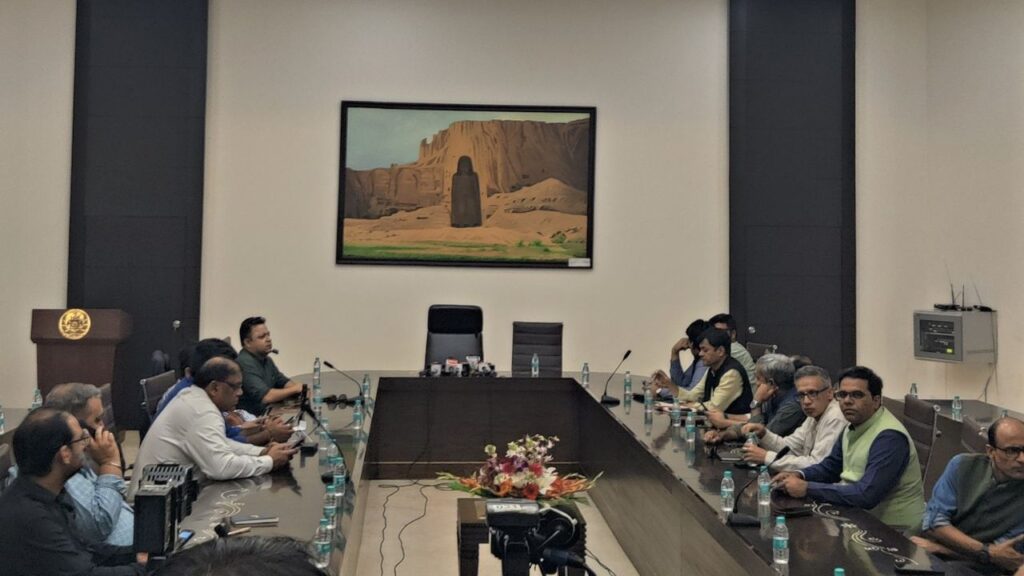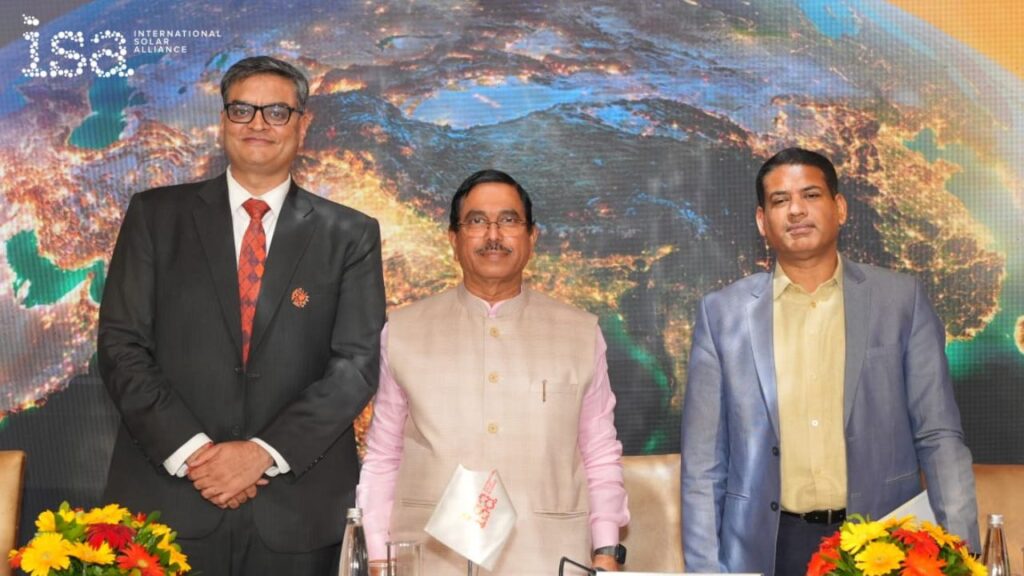Communication is the cornerstone of how we connect, understand and create meaning in the world. In an era where machines are becoming faster and sharper, they have transformed from background processors to collaborators where they are creating content, answering questions and even holding conversations that feel startlingly human. Artificial Intelligence is not just helping us talk or retrieve information, but also helping us talk smarter, better and in an efficient manner.
We all have chatted with a website bot that pops up with a “How can I help you today?” But today’s AI doesn’t just offer a menu of options. It converses. It reciprocates. With platforms like Chat GPT, Gemini, Alexa, Siri and Copilot among many others, we are witnessing their evolution from response-based systems to intelligent, conversational agents. These tools don’t just answer. They engage. They summarize complex information, translate languages, simulate emotional tone — and even crack jokes.
This evolution is not accidental. It is the result of large language models (LLMs) trained on billions of words across languages, topics and formats. “We had to learn programming languages. We had to architect it. We had to design these computers that are very complicated. Now, all of a sudden, there’s a new programming language. This new programming language is called ‘human,'” said NVIDIA CEO Jensen Huang at the recent London Tech Week. He referred to AI as “the great equaliser” because “the way you program an AI is like the way you program a person.”
Whether it’s an AI helping a student explain a math problem, assisting users in writing emails, or scripting brand messages that feel natural, these systems are adapting rapidly to the nuances of human language. The impact isn’t just technological — it’s also economic. According to a 2023 Bloomberg Intelligence report, the generative AI market is projected to reach $1.3 trillion by 2032.
Industries that rely on communication, such as customer service, marketing, media, and education, will gain the most. McKinsey (2023) estimates that by 2030 to 2060, up to 50% of work tasks globally could be automated, allowing faster and more personalized service.
Machine learning-facilitated translation has come a long way from literal token-level translation to more intelligent tools that capture tone, intent and cultural background. Today, with global platforms like Google Translate, Meta’s SeamlessM4T, Smartcat, DeepSeek and ChatGPT exhibiting multilingual capabilities like humans, it implies that translation extends beyond just convenience and is about forming connections. It is now not solely confined to assisting tourists navigate menus or decipher street signs but about ensuring that language is not a gatekeeper to knowledge, opportunity, or participation.
India being home to 121 languages, with over 19, 500 mother tongues spoken across the country, such a change is revolutionary. Initiatives such as Bhashini (Bhasha Interface for India) by the Ministry of Electronics and Information Technology under the National Language Translation Mission seeks to offer constant access to government services in 22 Indian languages through a “voice-first” solution.
Complementing this is Bharat Gen, an indigenously developed, government-funded Multimodal Large Language Modal for Indian languages. It strives to deliver region-specific AI solutions that truly understand the people behind them and their day-to-day reality.
These initiatives not only are promoting linguistic inclusivity but are amplifying the vision of “Atmanirbhar Bharat” worldwide. Language is no longer a barrier with artificial intelligence; it’s a window. These innovations are moulding a future where every voice is heard, irrespective of the language one speaks.
The question, hence, is, where are we headed? Of course, challenges remain. AI hallucinates, poses ethical risks and there is always a concern over data privacy. Machines may generate languages, but can they respond morally? Probably not yet. And there is always the concern of artificial intelligence replacing human jobs.
“We, as human species, should tame AI. It should be adopted in such a way that it reduces the workload of humans and enhances the output. Artificial intelligence should not be seen as a replacement of humans but rather, as an enhancement of them,” says Lt. Col. Jitendra Verma, Officer on Special Duty at NITI Aayog.
He further adds, “AI will enhance the capabilities of humans only when humans, at a mass level, have enhanced their capabilities in AI.”
In this evolving matrix of man and machine, AI is not replacing conversation, it’s refining it. While still at a nascent stage, the avenues are both endless and ever-expanding. The actual milestone lies not in mimicry, but elevation — where technology is an instrument to deepen human connection, not dilute it.
















